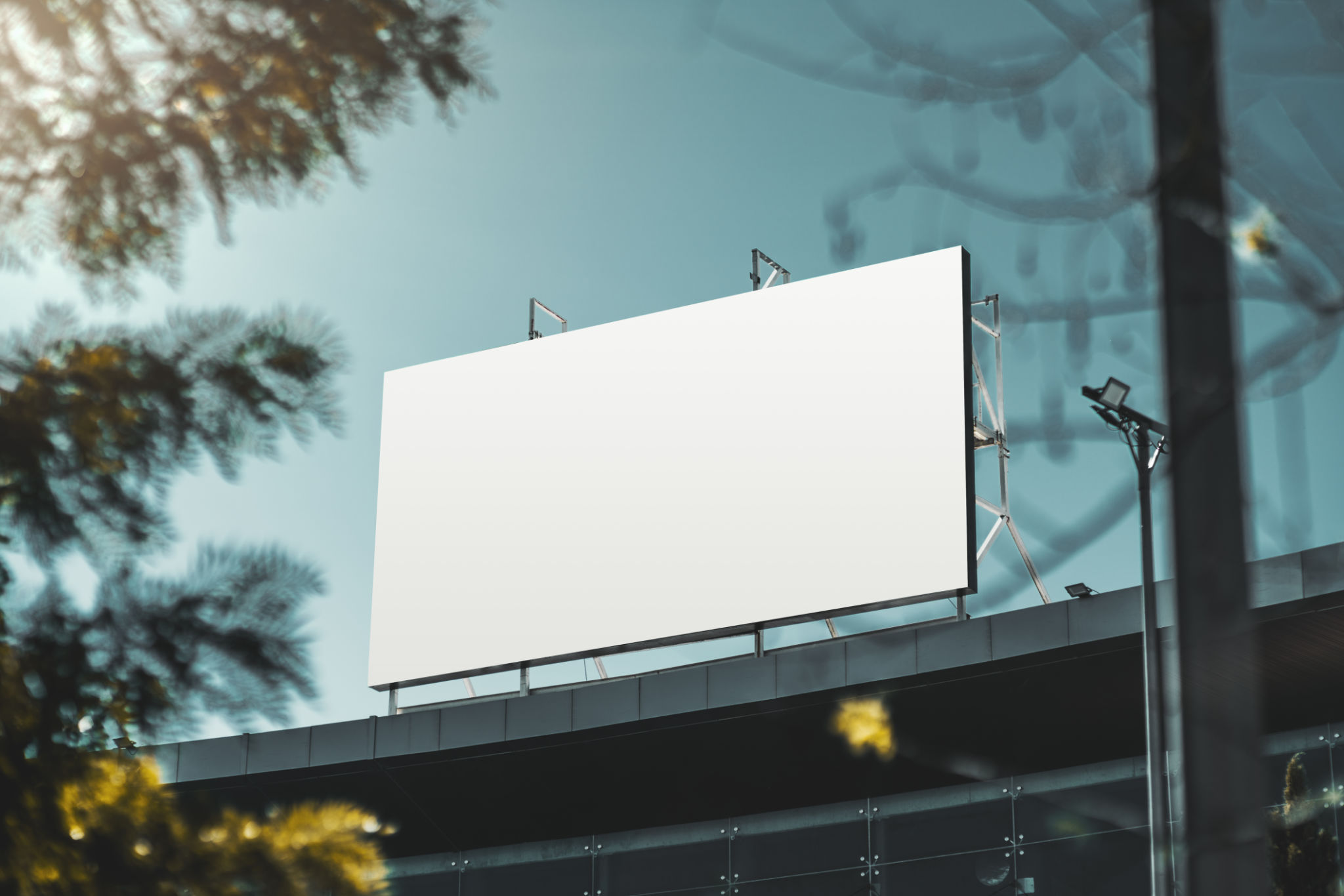Expert Tips for Designing the Perfect Outdoor Space
Understanding Your Space
Before diving into the design process, it's crucial to understand the dimensions and characteristics of your outdoor area. Whether you have a sprawling backyard or a compact balcony, knowing the layout helps in making informed decisions. Measure your space and take note of any existing structures or features, such as trees or patios, which can influence your design choices.
Consider the natural elements as well. The amount of sunlight your outdoor area receives, the wind patterns, and even the soil type are all critical factors that can affect plant selection and furniture placement. By planning with these in mind, you can create a space that is both beautiful and functional.

Choosing the Right Furniture
Outdoor furniture is a key component of any exterior design. Start by determining how you plan to use the space. Are you looking to create a dining area for family gatherings, a cozy corner for reading, or a vibrant spot for entertaining guests? This will guide your choice of furniture.
Select pieces that are not only stylish but also durable enough to withstand the elements. Materials like teak, metal, and all-weather wicker are popular choices for outdoor furniture due to their resilience. Also, consider the comfort factor; cushions and pillows made from weather-resistant fabrics can add an inviting touch.

Incorporating Greenery
Plants are essential for bringing life and color to your outdoor space. Choose a mix of perennials and annuals to ensure year-round beauty. Additionally, consider incorporating different types of plants such as shrubs, flowering plants, and even small trees to add depth and variety.
Container gardening is an excellent option for those with limited space. It allows flexibility in arranging and changing plant displays according to the season or your mood. Hanging plants can also add vertical interest and make the most of smaller areas.

Lighting for Ambiance
Well-planned lighting can transform your outdoor space into a magical retreat after dark. Use a combination of different lighting types to create ambiance and enhance functionality. String lights are perfect for adding a warm glow, while spotlights can highlight specific features like a garden or fountain.
Solar-powered lights offer an eco-friendly solution for illuminating pathways or patios without the need for extensive wiring. Consider installing dimmers to adjust the brightness levels according to the occasion.
Creating Zones
Dividing your outdoor space into distinct zones can help maximize usability and create a sense of order. Use visual cues like rugs, planters, or different flooring materials to define areas for dining, lounging, or playing.
If privacy is a concern, consider using screens, trellises, or strategically placed plants to create secluded areas. These elements not only provide solitude but can also serve as a backdrop for your design.

Adding Personal Touches
Personalizing your outdoor space with unique touches can make it truly feel like an extension of your home. Incorporate elements that reflect your style and interests, such as art pieces, sculptures, or themed decor items.
Consider adding a water feature like a small fountain or pond to introduce a calming sound element. Fire pits are also popular as they provide warmth and create a cozy gathering spot during cooler evenings.
Maintaining Your Outdoor Space
A perfect outdoor space requires regular maintenance to keep it looking its best. Create a schedule for tasks such as watering plants, cleaning furniture, and checking lighting fixtures. This routine upkeep will ensure that your space remains inviting throughout the year.
Additionally, stay flexible with your design. As seasons change or your needs evolve, don't hesitate to update or rearrange elements within your space to keep it fresh and functional.

